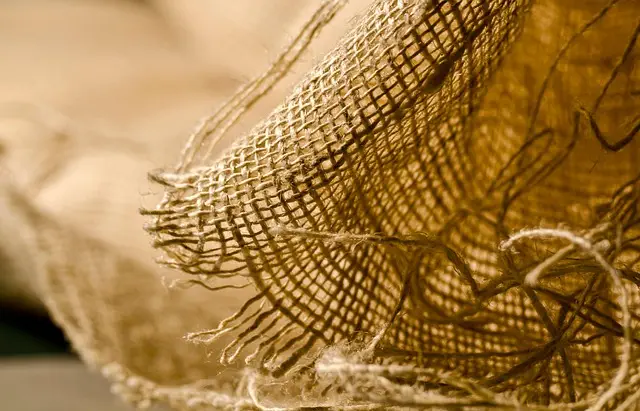Muscle soreness after intense physical activity is common in Nebraska, caused by micro-tears in muscles and inflammation. Kratom, a natural herb gaining popularity in the state, offers potential as an alternative pain reliever due to its active compounds interacting with opioid receptors. Many Nebraskans are turning to kratom alongside therapeutic habits for managing chronic muscle aches and post-workout soreness. However, individual responses may vary, and consulting healthcare professionals is crucial before incorporating kratom into a pain management regimen. Effective use requires understanding dosage, strain, and tolerance. Starting with low doses and gradually increasing can help avoid adverse effects.
Experience nagging muscle soreness? You’re not alone. From post-workout aches to chronic conditions, finding relief is paramount. Enter kratom, a natural herb gaining traction in Nebraska and beyond as a potential solution. This article delves into the science behind muscle soreness, explores kratom’s promising role in alleviating discomfort, and provides safety guidelines for effective use, empowering Nebraskans to make informed decisions about their well-being. Discover how kratom could be your key to soothing aches and enhancing your quality of life.
- Understanding Muscle Soreness and Its Causes
- Exploring Kratom as a Potential Relief Option in Nebraska
- Safety Considerations and Effective Use of Kratom for Soreness Relief
Understanding Muscle Soreness and Its Causes

Muscle soreness is a common issue that many people in Nebraska experience after intense physical activity or exercise. It’s a natural response from your body, signaling that your muscles have been worked and are now experiencing micro-tears. These small injuries lead to inflammation and discomfort, often described as a deep ache or stiffness. Understanding the causes behind muscle soreness is the first step towards finding effective relief, which is where kratom Nebraska residents can explore as an alternative option.
Various factors contribute to post-workout muscle soreness, including muscle fiber breakdown, lactic acid buildup, and reduced blood flow to tired muscles. The latter can make affected areas feel tight and sensitive. Kratom, a natural herb with growing popularity in Nebraska, has been studied for its potential pain-relieving properties. Its active compounds interact with opioid receptors in the body, offering a soothing effect that may alleviate muscle soreness and discomfort associated with intense physical exertion.
Exploring Kratom as a Potential Relief Option in Nebraska

In the heartland of America, Nebraska residents are increasingly exploring alternative remedies for muscle soreness relief, and one substance that has garnered attention is kratom. This natural herb, scientifically known as Mitragyna speciosa, has been used for centuries in Southeast Asia for its pain-relieving and mood-enhancing properties. With its growing popularity, kratom nebraska has become a search term of interest for those seeking natural solutions to manage chronic muscle aches and post-workout soreness.
The state’s progressive approach to alternative healthcare makes Nebraska an ideal location to explore the potential benefits of kratom. Research suggests that kratom’s active compounds may interact with opioid receptors in the body, providing pain relief without the addictive risks associated with prescription opioids. As a result, many Nebraskans are turning to this herb as a safer, more natural option for muscle soreness management, especially when combined with other therapeutic practices like exercise and proper hydration.
Safety Considerations and Effective Use of Kratom for Soreness Relief

Kratom, a natural herb gaining popularity in Nebraska and beyond, has been touted for its potential muscle soreness relief properties. However, before incorporating kratom into your regimen for pain management, it’s crucial to understand safety considerations. As with any supplement, individual responses may vary, and consulting with a healthcare professional is essential, especially if you have pre-existing health conditions or are taking other medications. Kratom’s effects can be influenced by factors like dosage, strain, and tolerance, making consistent quality and source critical for effective and safe use.
For muscle soreness relief, kratom users often prefer specific strains known for their analgesic properties. The most common preparation is a powdered form mixed with water or tea, allowing for precise dosing. Starting with a low dose and gradually increasing can help avoid adverse effects like nausea or insomnia. Effective management of sore muscles may require regular use over several weeks to build tolerance, ensuring kratom becomes a helpful companion in your Nebraska wellness routine rather than a quick fix.
In light of the above discussions, kratom in Nebraska emerges as a promising natural alternative for managing muscle soreness. By understanding the causes and exploring the potential benefits of kratom, individuals can make informed decisions regarding its use. However, it’s crucial to approach this herbal remedy with caution, considering safety measures and proper dosage to ensure effective relief without adverse effects. Further research and professional guidance are encouraged to unlock the full potential of kratom for muscle soreness relief.






